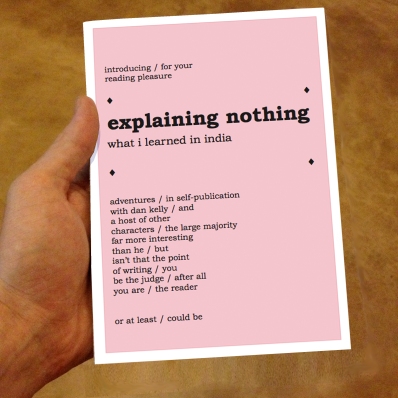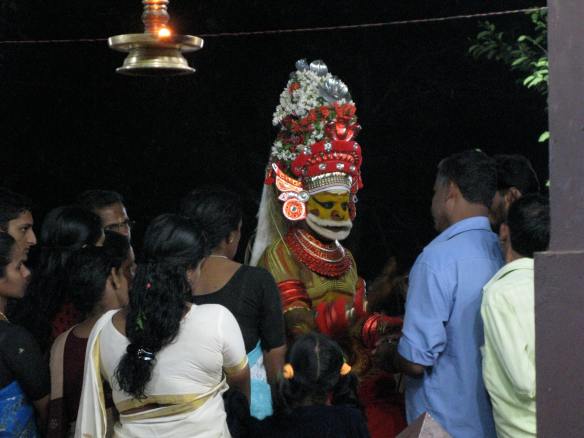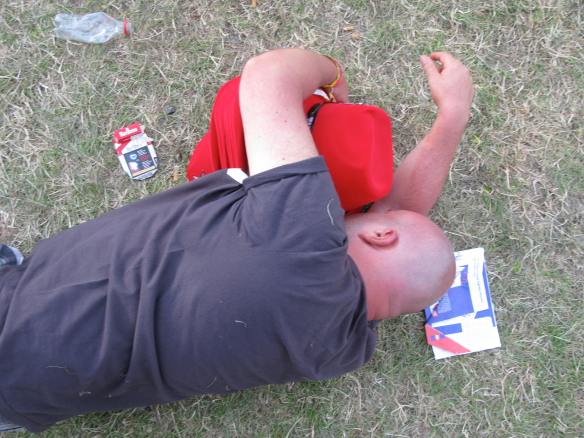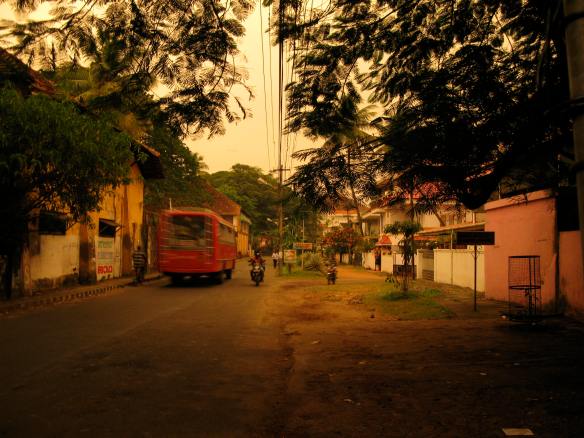This site is no longer active. The travel it documents is well and truly over, and the final missing chapters that conclude it have been published as an offline, limited edition book (of sorts), available for the somewhat astronomical but fitting price of one dozen New Zealand dollars including shipping – through C O U N T E R P R E S S (message them).
In the interests of posterity: Because of the fun top-to-bottom format of blogs, all the posts here are back to front – necessitating something of a contents page should you wish to read them in order… but I couldn’t be bothered. Here instead is a link to what I, at some cringy date in the past, decided to call: the ADVENTURE so far.
Should you choose to click / fair warning: The whole point of this blog was to make myself better at writing, so naturally the earlier posts are fairly shabby… guess that’s how you know you’re learning, right?
Because tasters are fun: here is a preview from Explaining Nothing, as featured in issue three of C O U N T E R P R E S S – with a bonus under-exposed photo…
5. Ritual Worship and Dancing Gods: The Theyyam in Tholpetty
(where we definitely don’t see a tiger)
We arrived at our accommodation in Tholpetty late, startling a deer grazing in the greenery that threatened to swallow the house – its quick exit the only sign of life to be seen in the rising darkness. It had taken us longer than anticipated, to bus from Kalpetta, and I wondered if our host hadn’t given up on us.
We were deep inside Wayanad National Park, high in the Western Ghats and hot on the trail of the tigers that live in the forests there, or so we told ourselves. Such was the self-delusion necessary for safari: it made it seem more fun, more intrepid; and there certainly weren’t any other pale faces around to ruin the fantasy. So we let it play out, facts to the contrary be damned.
The gates to the National Park couldn’t have been more opposed. When we arrived the following morning, bold white letters proclaimed: “SAVE FORESTS & WILDLIFE; SAVE OURSELVES” – and our fantasy was revealed for the colonial daydream it was. There was no nobility in the idea of white heroes “conquering” wilderness, just a painfully thin extension of the same divisionary logic that saw atrocities committed all over the world. Such moments are, I believe, correctly classed as ‘sobering’ – but I am getting ahead of myself.
Drums thudded in the distance. Venu picked up his phone and revealed that, yes, he had thought we weren’t coming. He was at a theyyam down the road (“the drums, yes”) and hurried back to let us in.
I had read about theyyam in a few places and we had made loose plans to head to Kannur in the hopes of experiencing one. Yet there we were, dreams of wild tigers replaced by the very tangible thud of the drums, our packs slung on the floor and excitement rising.
The wellspring of knowledge that is Lonely Planet provides that theyyam is a religious ritual occurring in Northern Kerala. It predates Hinduism but now utilises its gods and other pagan deities in elaborate performances where costumed humans are possessed: dancing, speaking and blessing attendees as if they were the actual gods.
There are approximately 450 theyyam, the word referring not just to the ceremony but also to the gods it celebrates, each with their own unique costume and make-up combinations – remnants of a diversity that seems mindboggling in a globalized, one-size fits all world.
Dusk finally gave way to night. Venu gave us directions and set off to rustle up dinner, promising he would meet us there. We followed the drums’ hypnotic noise down a small dirt road, speculating on who – or what – awaited.
If the reader will be so patient, I will now attempt to do justice to the scene into which we stepped, a world manifesting as an immediate and encompassing milieu – but one that, for purposes of communication, I must subordinate to the limited conventions of prose, stoic and formulaic as they are. In no particular order: drumming (previously mentioned, but crucial); a congregation of people; an open-walled shed, its corrugated iron roof under the watchful eye of a full moon (appropriately shrouded in mist); bright strip lighting and their attendant cloud of bugs – the drums! – and in the centre of it all, a pulsing, rhythmic figure, a colossus of make-up and costume, his face lurid in the light, his bracelets clanking with each step: a god in human form – theyyam!
[..to be continued…if you buy the book.]




